The Last Supper (Italian: Il Cenacolo [il tʃeˈnaːkolo] or L'Ultima Cena [ˈlultima ˈtʃeːna]) is a mural painting by the Italian High Renaissance artist Leonardo da Vinci, dated to c. 1495–1498. The painting represents the scene of the Last Supper of Jesus with the Twelve Apostles, as it is told in the Gospel of John – specifically the moment after Jesus announces that one of his apostles will betray him. Its handling of space, mastery of perspective, treatment of motion and complex display of human emotion has made it one of the Western world's most recognizable paintings and among Leonardo's most celebrated works. Some commentators consider it pivotal in inaugurating the transition into what is now ...Read more
The Last Supper (Italian: Il Cenacolo [il tʃeˈnaːkolo] or L'Ultima Cena [ˈlultima ˈtʃeːna]) is a mural painting by the Italian High Renaissance artist Leonardo da Vinci, dated to c. 1495–1498. The painting represents the scene of the Last Supper of Jesus with the Twelve Apostles, as it is told in the Gospel of John – specifically the moment after Jesus announces that one of his apostles will betray him. Its handling of space, mastery of perspective, treatment of motion and complex display of human emotion has made it one of the Western world's most recognizable paintings and among Leonardo's most celebrated works. Some commentators consider it pivotal in inaugurating the transition into what is now termed the High Renaissance.
The work was commissioned as part of a plan of renovations to the church and its convent buildings by Leonardo's patron Ludovico Sforza, Duke of Milan. In order to permit his inconsistent painting schedule and frequent revisions, it is painted with materials that allowed for regular alterations: tempera on gesso, pitch, and mastic. Due to the methods used, a variety of environmental factors, and intentional damage, little of the original painting remains today despite numerous restoration attempts, the last being completed in 1999. Housed in the refectory of the Convent of Santa Maria delle Grazie in Milan, Italy, The Last Supper is his largest work, aside from the Sala delle Asse.
Two early copies of The Last Supper are known to exist, presumed to be work by Leonardo's assistants. The copies are almost the size of the original, and have survived with a wealth of original detail still intact.[1] One, by Giampietrino, is in the collection of the Royal Academy of Arts, London, and the other, by Cesare da Sesto, is installed at the Church of St. Ambrogio in Ponte Capriasca, Switzerland. A third copy (oil on canvas) is painted by Andrea Solari (c. 1520) and is on display in the Leonardo da Vinci Museum of the Tongerlo Abbey, Belgium.
![A study for The Last Supper[a] from Leonardo's notebooks[3] shows twelve apostles, nine of which are identified by names written above their heads. Judas sits on the opposite side of the table, as in earlier depictions of the scene.[2]](http://upload.wikimedia.org/wikipedia/commons/thumb/8/87/Stiudium_do_Ostatniej_Wieczerzy.jpg/304px-Stiudium_do_Ostatniej_Wieczerzy.jpg)
![The Last Supper, c. 1520, by Giampietrino, oil on canvas, in the collection of the Royal Academy of Arts, London.[b] This full-scale copy was the main source for the 1978–1998 restoration of the original. It includes several lost details such as Christ's feet and the salt cellar spilled by Judas. Giampietrino is thought to have worked closely with Leonardo when he was in Milan.](http://upload.wikimedia.org/wikipedia/commons/thumb/1/11/Giampietrino-Last-Supper-ca-1520.jpg/350px-Giampietrino-Last-Supper-ca-1520.jpg)

Because Sforza had ordered the church to be rebuilt hastily, the masons filled the walls with moisture-retaining rubble.[5] The painting was done on a thin exterior wall, so the effects of humidity were felt keenly, and the paint failed to properly adhere to it. Because of the method used, soon after the painting was completed on 9 February 1498 it began to deteriorate.[6] In 1499, Louis XII contemplated removing the painting from the wall and taking it to France.[7] As early as 1517, the painting was starting to flake, and in 1532 Gerolamo Cardano described it as "blurred and colorless compared with what I remember of it when I saw it as a boy".[8] By 1556 – fewer than sixty years after it was finished – Giorgio Vasari described the painting as reduced to a "muddle of blots" so deteriorated that the figures were unrecognizable.[5] By the second half of the 16th century, Gian Paolo Lomazzo stated that "the painting is all ruined".[6] In 1652, a doorway was cut through the (then unrecognisable) painting, and later bricked up; this can still be seen as the irregular arch-shaped structure near the center base of the painting. It is believed, through early copies, that Jesus' feet were in a position symbolizing the forthcoming crucifixion. In 1768, a curtain was hung over the painting intended for its protection; the curtain instead trapped moisture on the surface, and whenever it was pulled back, it scratched the flaking paint.
A first restoration was attempted in 1726 by Michelangelo Bellotti, who filled in missing sections with oil paint then varnished the whole mural. This repair did not last well and another restoration was attempted in 1770 by an otherwise unknown artist named Giuseppe Mazza. Mazza stripped off Bellotti's work then largely repainted the painting; he had redone all but three faces when he was halted due to public outrage. In 1796, French revolutionary anti-clerical troops used the refectory as an armory and stable;[9] they threw stones at the painting and climbed ladders to scratch out the Apostles' eyes. Goethe wrote that in 1800, the room was flooded with two feet of water after a heavy rainstorm.[5] The refectory was used as a prison;[when?] it is not known if any of the prisoners may have damaged the painting. In 1821, Stefano Barezzi, an expert in removing whole frescoes from their walls intact, was called in to remove the painting to a safer location; he badly damaged the center section before realizing that Leonardo's work was not a fresco. Barezzi then attempted to reattach damaged sections with glue. From 1901 to 1908, Luigi Cavenaghi first completed a careful study of the structure of the painting, then began cleaning it. In 1924, Oreste Silvestri did further cleaning, and stabilised some parts with stucco.
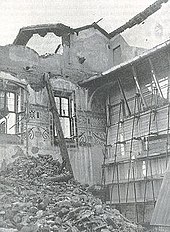 A protective structure (right) was built in front of Leonardo's fresco. This photo shows the bombing damage in 1943.[10]
A protective structure (right) was built in front of Leonardo's fresco. This photo shows the bombing damage in 1943.[10]During World War II, on 15 August 1943, the refectory was struck by Allied bombing; protective sandbagging prevented the painting from being struck by bomb splinters,[11] but it may have been damaged by the vibration. Between 1946 and 1954, Mauro Pellicioli undertook a clean-and-stabilise restoration,[5] which Brera director Fernanda Wittgens was involved in.[9] Pellicioli reattached paint to the wall using a clear shellac, making it relatively darker and more colorful, and removed some of the overpainting.[12] However, as of 1972, the repainting done in various restorations had made the heads of saints Peter, Andrew, and James differ significantly from the original design.[5]
Major restoration The painting as it looked in the 1970s
The painting as it looked in the 1970sThe painting's appearance by the late 1970s had badly deteriorated. From 1978 to 1999, Pinin Brambilla Barcilon guided a major restoration project to stabilize the painting and reverse the damage caused by dirt and pollution. The eighteenth- and nineteenth-century restoration attempts were also reversed. Since it had proved impractical to move the painting to a more controlled environment, the refectory was instead converted to a sealed, climate-controlled environment, which meant bricking up the windows. Then, detailed study was undertaken to determine the painting's original form, using scientific tests (especially infrared reflectoscopy and microscopic core-samples), and original cartoons preserved in the Royal Library at Windsor Castle. Some areas were deemed unrestorable. These were re-painted using watercolor in subdued colors intended to indicate they were not original work, while not being too distracting.[13]
This restoration took 21 years and, on 28 May 1999, the painting was returned to display. Intending visitors were required to book ahead and could only stay for 15 minutes. When it was unveiled, considerable controversy was aroused by the dramatic changes in colors, tones, and even some facial shapes. James Beck, professor of art history at Columbia University and founder of ArtWatch International, had been a particularly strong critic.[14] Michael Daley, director of ArtWatch UK, has also complained about the restored version of the painting. He has been critical of Christ's right arm in the image which has been altered from a draped sleeve to what Daley calls "muff-like drapery".[15]
Cite error: There are <ref group=lower-alpha> tags or {{efn}} templates on this page, but the references will not show without a {{reflist|group=lower-alpha}} template or {{notelist}} template (see the help page).
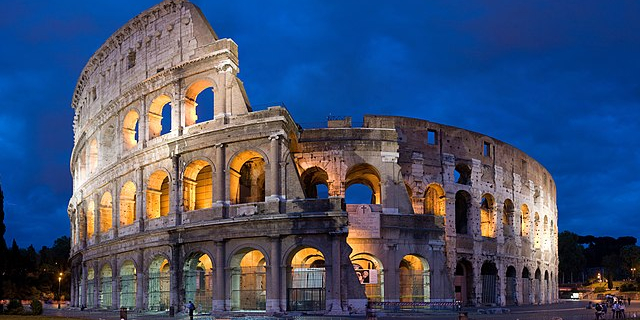

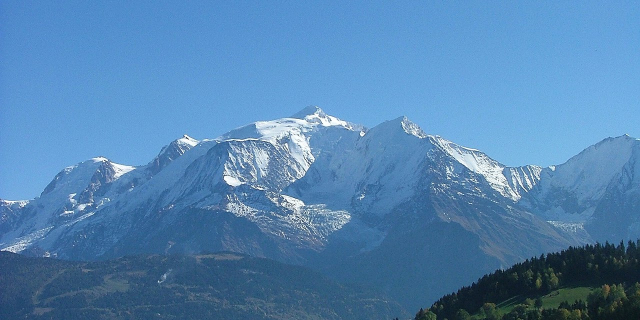

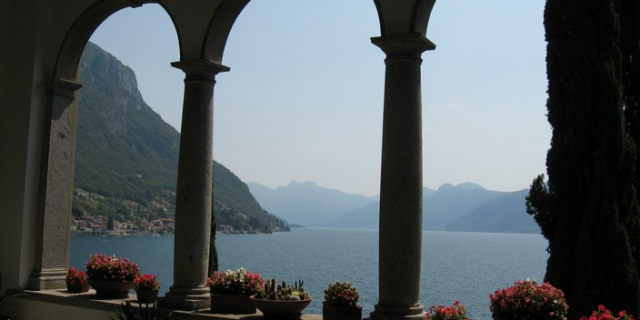
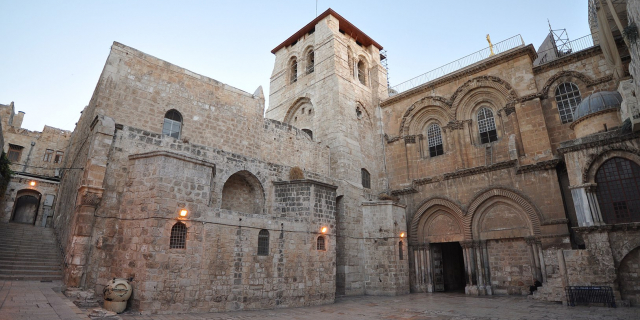
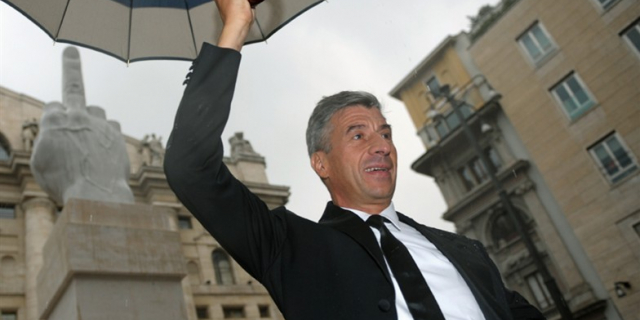







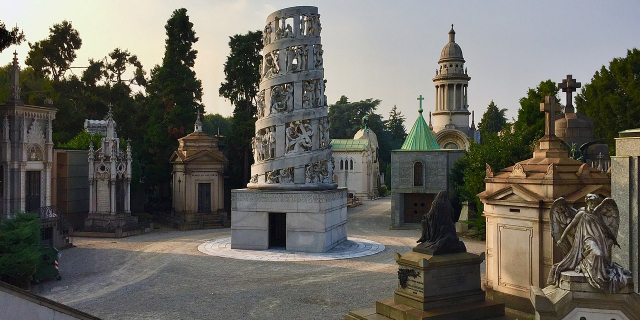
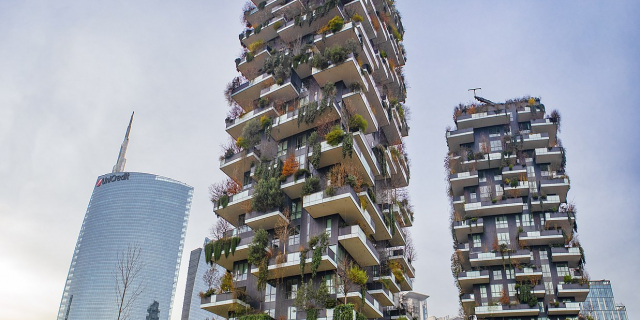



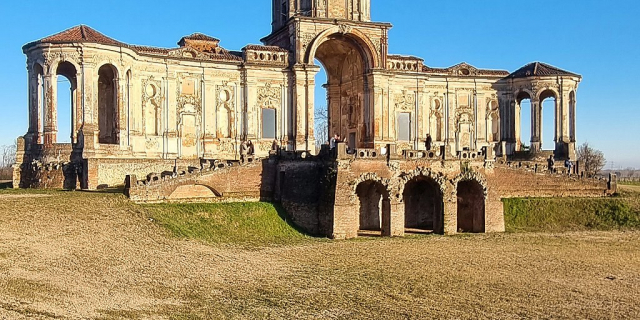





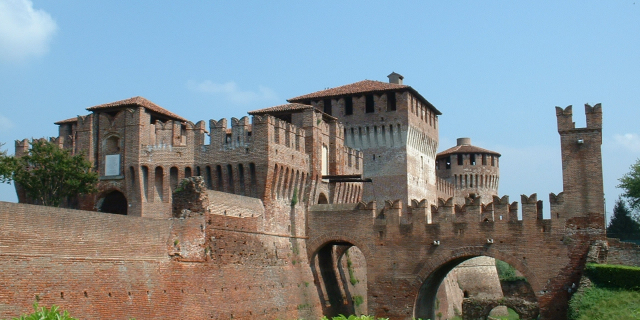
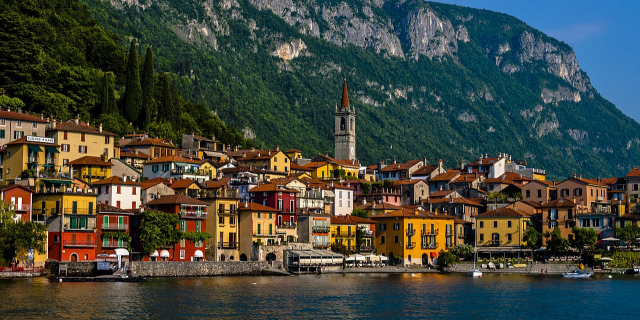




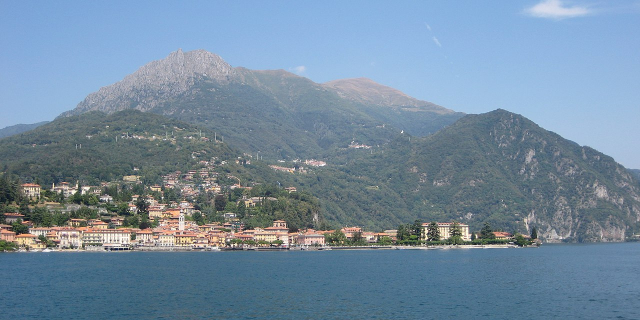
Add new comment